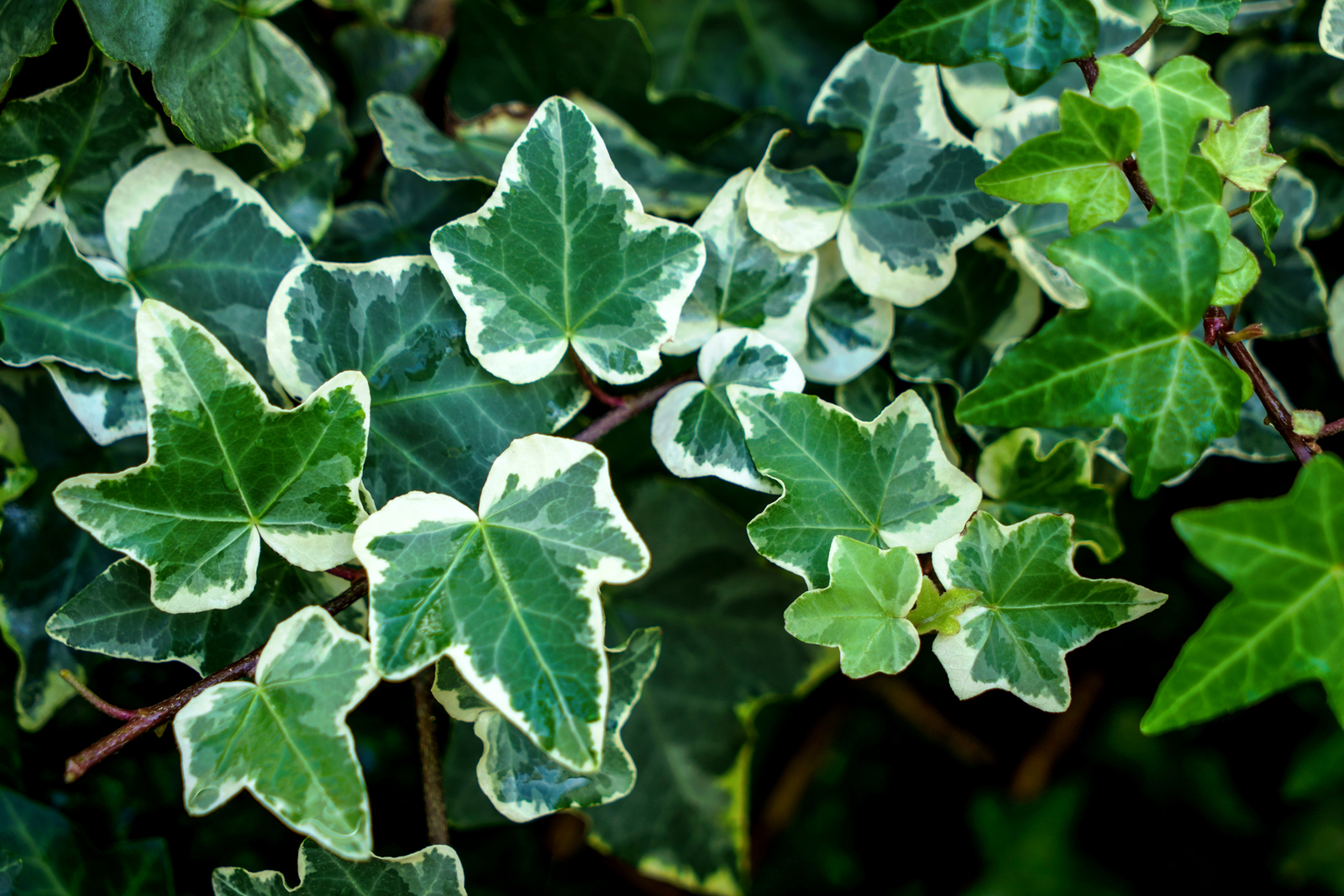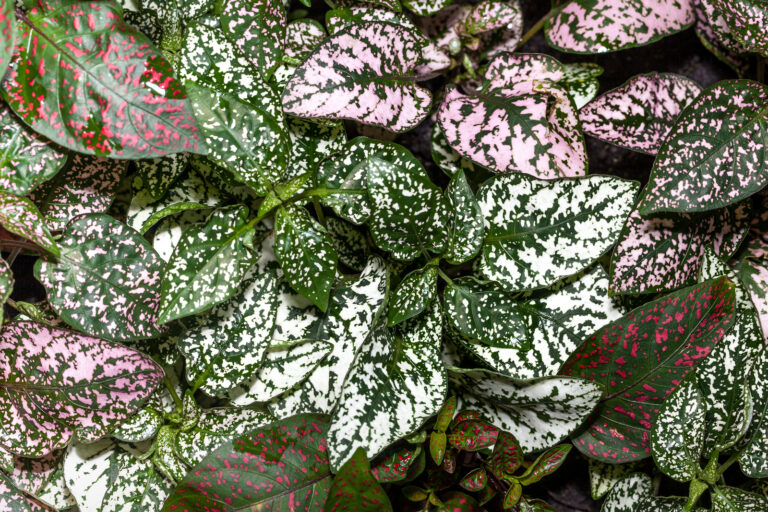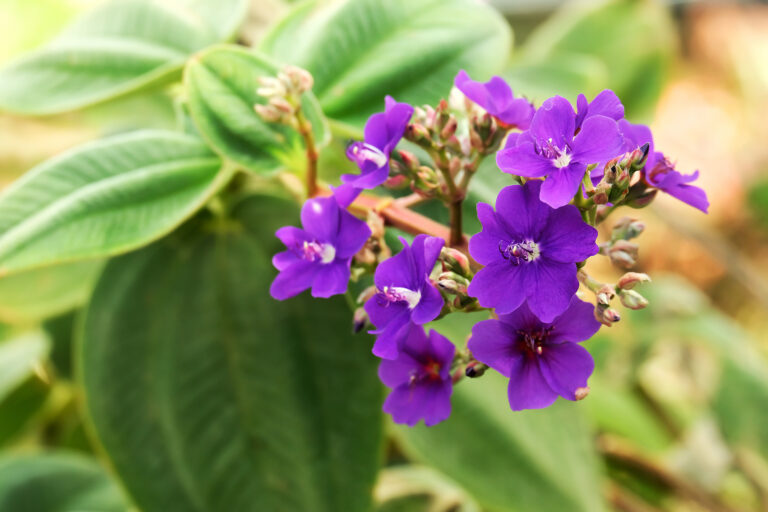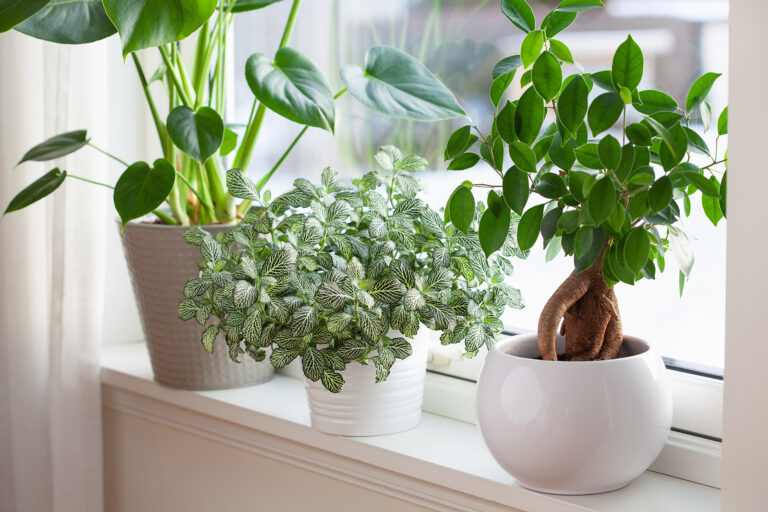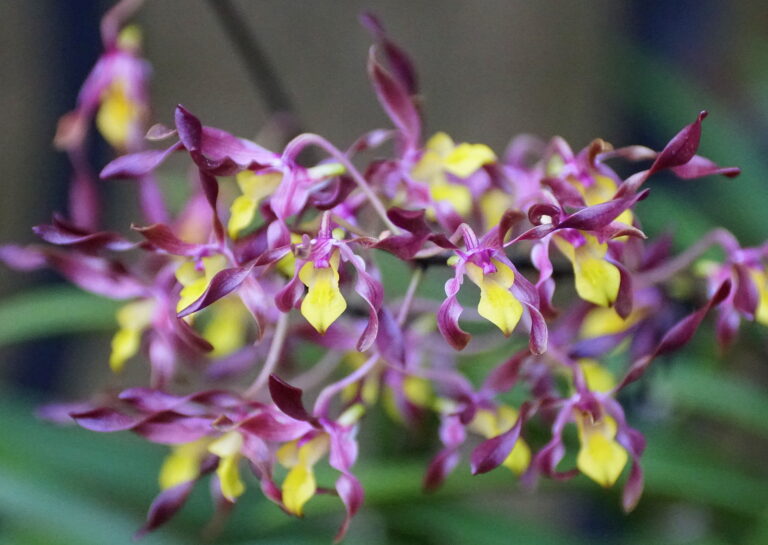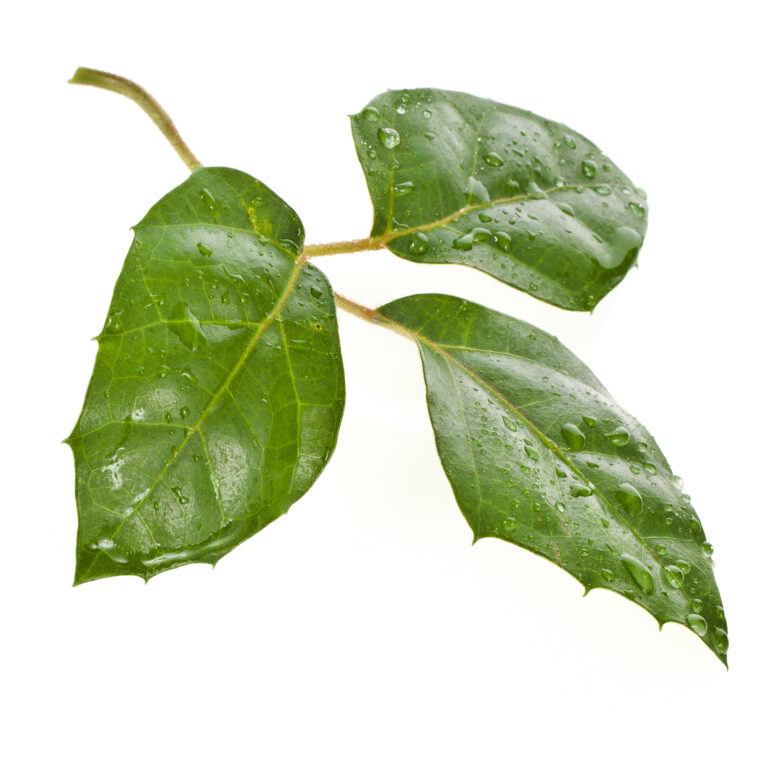How to Grow English Ivy – Hedera
English ivy is a small-leafed evergreen vine. It is well suited for indoor growing and growing in container and hanging basket. Use English ivy as a border edging or groundcover in partially shady gardens.
Get to know English Ivy
- Plant type: Evergreen vine
- Growing Zones and range: 5-9
- Hardiness:
- Temperature: 65°F (18°C) during the day, 50°F (10°C) at night; ivy can tolerate lower temperatures
- Light: Medium to high, indirect light
- Height and width: 10’- 20’ in all directions
- Foliage: Dark green or mottled, glossy foliage is oval or heart-shaped; stems climb by clinging roots
- Uses: Shady beds or slops
- Botanical name: Hedera helix
- Common name: English Ivy
Where to plant English Ivy
- Plant English ivy in full sun or partial shade where summer is cool; plant in partial or dense shade where summers are hot; protect English ivy from hot afternoon sun.
- Plant English ivy in humus-rich to average garden soil.
- Plant indoor English ivy in potting soil.
When to plant English Ivy
- Set outdoors in spring or fall.
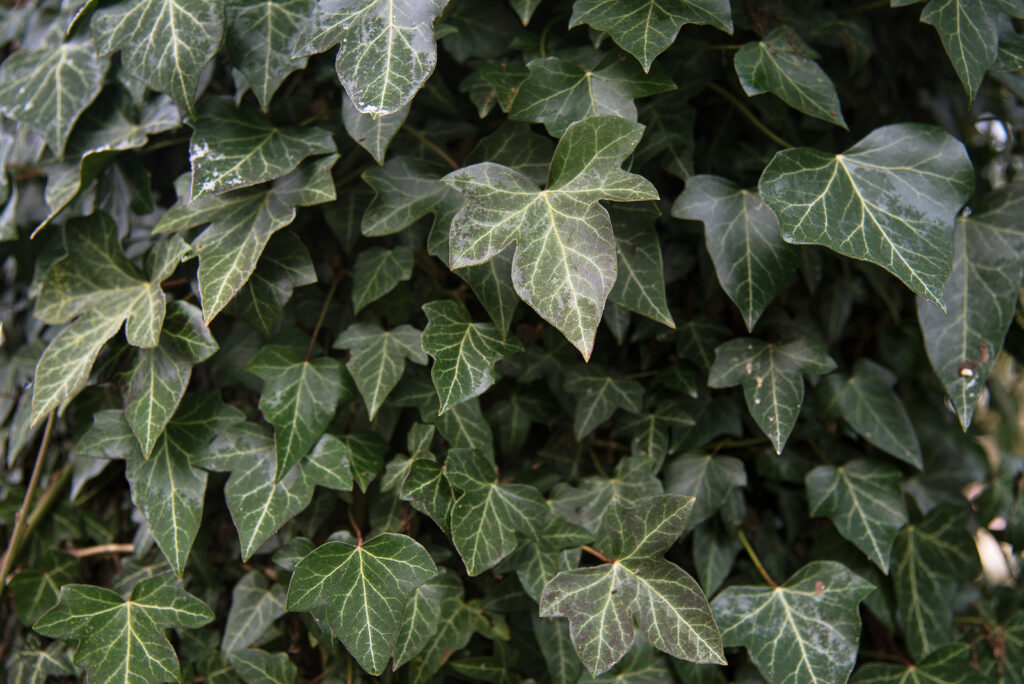
Planting and spacing English Ivy
- Space ivy 12 to 18 inches apart outdoors.
How to water and feed English Ivy
- English ivy needs moderate water once established. All the soil surface to dry somewhat between waterings.
- Mist English ivy growing indoors.
- Fertilize English ivy in spring and summer.
English Ivy Care
- Pinch off the tips of new growth to keep the plant bushy.
English Ivy common problems
- Spider mites can be a problem in hot, dry conditions. Rinse plants or raise the humidity.
English Ivy propagation
- Take tip cuttings at any time.
English Ivy varieties to grow
- There are dozens of cultivars. Cultivars vary by foliage size from tiny-leaved needlepoint ivies to large broad leaves.

